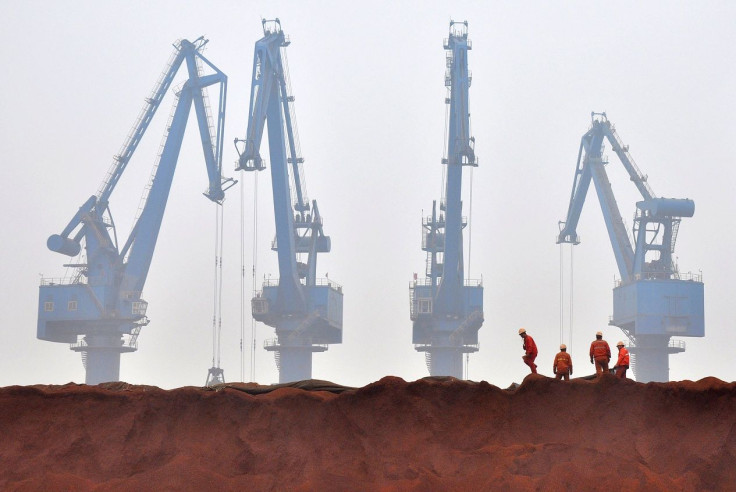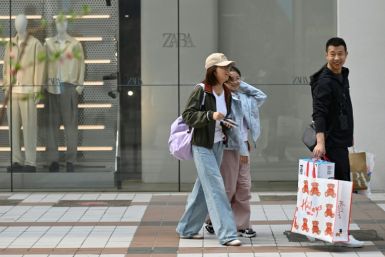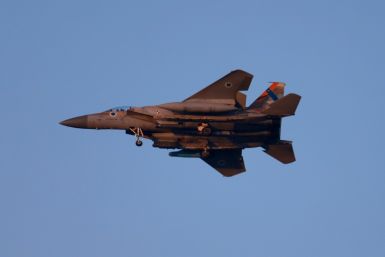Iron ore prices bounce back, post new high in three weeks

Iron ore spot markets bounced back to climb upward on Wednesday. The news comes as trade resumed in China following a four-day holiday.
Metal Bulletin notes the spot price for benchmark 62 percent fines increased by 2.63 percent to reach US$81.54 (AU$107.82) a tonne. This is the biggest jump witnessed since March 15. On a year-to-date basis, the prices saw an escalation of 3.4 percent.
The rise in higher grade ores outraced that of lower grade. Many are speculating the increase comes on the heels of a surge in coking coal prices for the third session in a row. Metal Bulletin analysts said Wednesday’s increase in spot markets and futures could not be attributed to strength in spot rebar markets.
“China’s spot rebar prices were unchanged on Wednesday, despite gains in the futures and billet markets,” Metal Bulletin said. “The higher futures and billet prices failed to push up the rebar spot market, amid lingering bearish sentiment.”
Meanwhile, according to port data released on Wednesday, shipments of iron ore from Australia’s Port Hedland terminal to China increased from 301.9 million tonnes in February to 31.50 million tonnes. The port is used by mining giants like BHP Billiton and Fortescue Metals Group (FMG). According to Pilbara Ports Authority, the total shipments from the terminal enhanced from 35.67 million tonnes in February to 39.09 million tonnes.
Investment bank HSBC predicted that new ore coming from miners like Vale would stand at US$37 (AU$48.93) a tonne this year with an average long term price of US$52 (AU$68.76) a tonne. UBS, on the other hand, speculates the price for iron ore will drop to US$71 (AU$93.88) a tonne, a drop of in excess of 10 percent from where it stands currently in 2017. Minelife senior resources analyst Gavin Wendt said the prices could fall by a third of their current value to reach between US$50 (AU$66.11) to US$60 (AU$79.34) a tonne. This, Wendt said, would affect smaller players.
ANZ senior commodity analyst Daniel Hynes speculated a weak performance by iron ore. He said, due to government infrastructure enhancing steel demand, the prices can fall to mid US$70 (AU$92.56) in 2017. "The downside is relatively limited due to that strong demand," Hynes said. The prices can further slump to reach US$61 (AU$80.66) a tonne in 2018, he added, as a result of weakening of Chinese steel demand.
The last traded coking coal and coal futures price posted lower numbers as compared to Wednesday’s day session close. Iron ore futures finished at 567 yuan (AU$108.75), recording higher numbers than the day session close of 559.5 yuan (AU$107.31).
Source: YouTube/Financial Times






